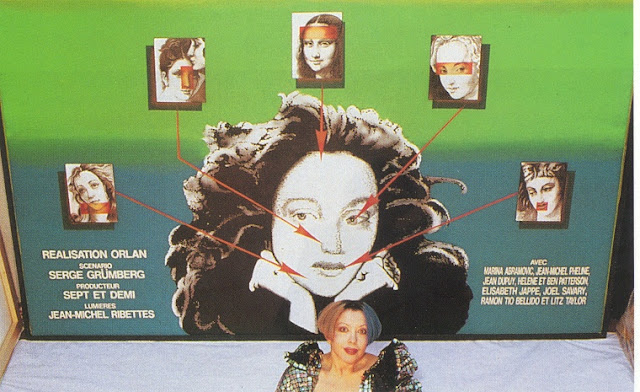Week1 - Two Cultures
I narrowly defined cultures as norms and languages of different countries or districts until reading Snow’s work The Two Cultures and the Scientific Revolution, as I had never thought of that humanities and sciences could be addressed as cultures as well.
 |
| http://graphics8.nytimes.com/images/2008/05/26/science/27angi02_650.jpg |
In his work, Snow described how the two cultures, arts and sciences, had been separated for decades especially in England due to educational specializations. And I believed that this phenomenon still significantly exists now since as an international student who considered both the UK and the US as the destiny for college, I personally leaned towards the latter one because of the same reason. I was looking for a liberal arts education which allows for more possibilities and I had heard of how hard it could be to transfer to another major or shift to another study area in English universities once one got admitted.
 |
| http://studyabroad.shiksha.com/mediadata/images/articles/comparison.jpg |
Snow also raised an amazing new concept called “Third Culture” which could “close the gap between literary intellectuals and scientists” (Vesna, 121). If arts and sciences are seen as two continents, this third culture is like a bridge connecting those two continents. The emergence of science fictions is an example of the bridge. In addition, the publish of science essays and magazines is also a form of this “Third Culture” which aims at popularizing difficult science concepts to the public. With this bridge, we see progress in both of the fields.
Nowadays, though we still see the division of those two fields in daily life, it is also notable that the society is making efforts in closing the gap between them. For example, UCLA locates arts and humanities buildings in the north campus and sciences divisions in the south. This causes student referring themselves as “south/north campus majors”. But the General Education Requirements “compel” students to take classes in other fields other than their major in the other side of campus. And certainly, we should expect more of this kind of integration.
Sources:
Snow, C. P. The Two Cultures and the Scientific Revolution. New York: Cambridge UP, 1959. Print.
Vesna, Victoria. "Toward a Third Culture: Being In Between." Leonardo. 34 (2001): 121-125. Print.
Haidar, Hasna. “What is Liberal Arts Education?”. Top Univeristies, https://www.topuniversities.com/blog/what-liberal-arts-education. Accessed 8 April 2017.
Davis, Madison. “UCLA's North V. South Campus: The Debate Debunked”. Odyssey. https://www.theodysseyonline.com/north-south-campus. Accessed 8 April 2017.
Eason, Ryan. “Why North And South Campus Majors Need To Shut Up”. Odyssey. https://www.theodysseyonline.com/why-north-ca. Accessed 8 April 2017.



I really liked how you connected the concept one step further to the division within our own UCLA community. The segregation between science and humanities is an issue affecting our student lives on a daily basis. As limited as GEs are in bridging the gap, I am also grateful that they are required.
ReplyDeleteI found it interesting that this "division" between the two cultures played into your decision in choosing a university to attend. From my experience here, and you mentioned this as well, UCLA seems pretty divided between North and South campus; however, I would not have even considered that this division is even more defined in other countries. I do agree that GE's help to begin to bridge the gap, but they are so limited in number and often completely random with no relation to one another, that I think many more would be required to really bridge the two cultures.
ReplyDeleteI am able to connect with your idea of what a third culture is here at UCLA. I waited until my 3.5-4th year here to take my GE courses, which isolated me to the North Campus of UCLA for over half of my academic career here. I definitely struggled to find my GE classes located in South campus because this was a foreign environment to me, possibly much like your move from UK to the US.
ReplyDelete